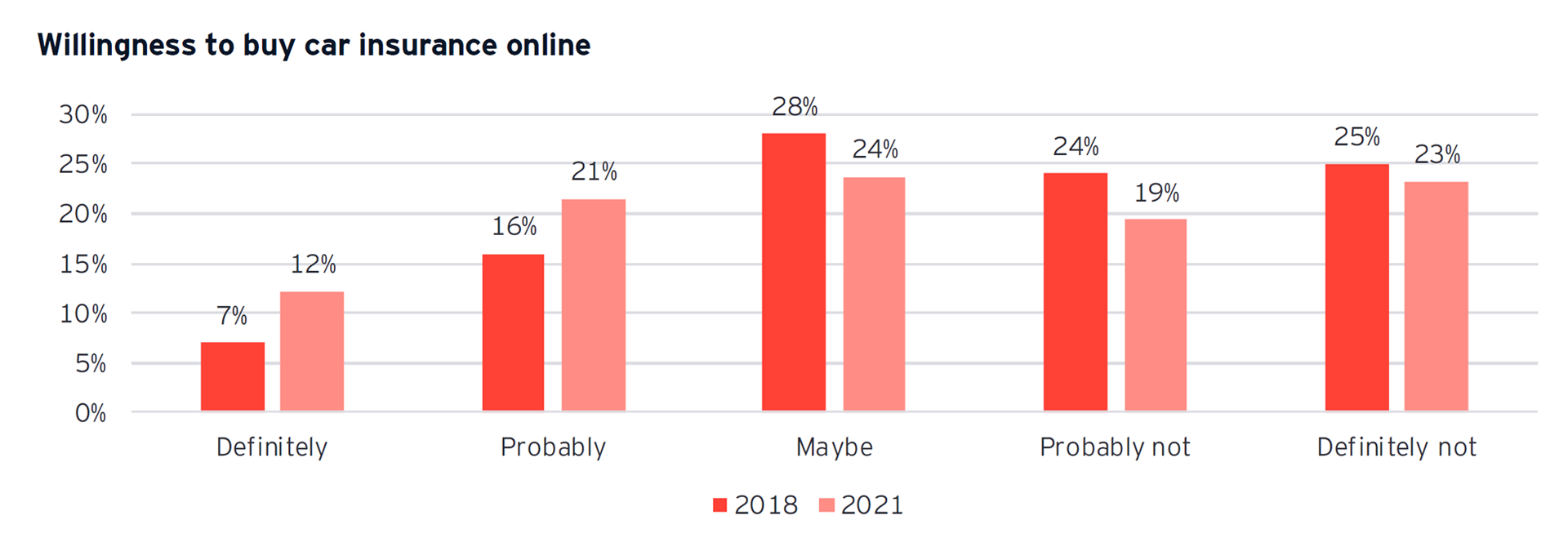Making mergers and acquisitions beneficial for both parties
For the larger brokers, the buy-out market is more competitive than ever, as the Belgian market is attracting the interest of foreign players coming from our neighboring countries where the consolidation process is more advanced, as well as of Private Equity firms entering the market as they sense an opportunity to create value through ‘buy-and-build’ strategies that entail buying and consolidating a series of mid-sized portfolios.
On the sell-side, investing in an efficient and appealing selling process is therefore critical to make the most of the competition and get the best price. This will involve dealing with several aspects such as presenting the accounts in a clear and systematic way, separating the assets that are more private in nature, and building an ambitious yet realistic Business Plan that will convince the potential buyers of the growth potential of the business.
On the buy-side, the acquiring company needs to make sure the company they consider acquiring has been properly managed, with clean accounts and tax positions, and processes that are compliant with relevant regulations. There are some specific aspects of broker accounts such as the working capital position related to premium collection, the revenue recognition policies or the level of goodwill which need to be investigated. Also, the fate of the current owners is often a key point of discussion, given the role they typically play in terms of managing client relationships.
Regardless of which side you are on, guidance from a knowledgeable advisor is instrumental in making the most of the transaction. At EY, we have had the opportunity to support many brokers with this process and we have gained an understanding of the key elements to take into account to help both parties come to a mutually beneficial agreement.




